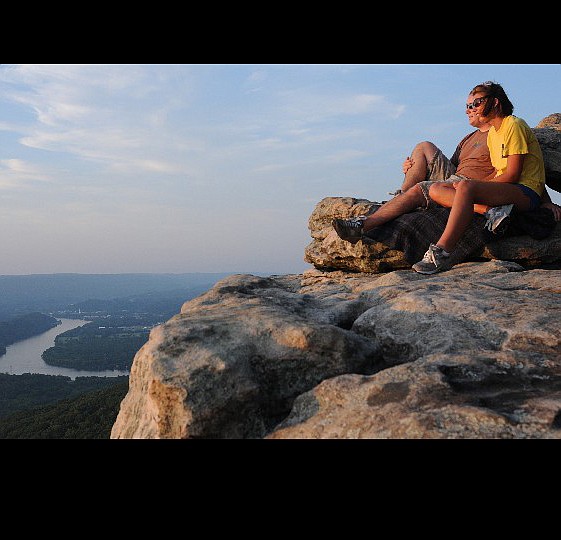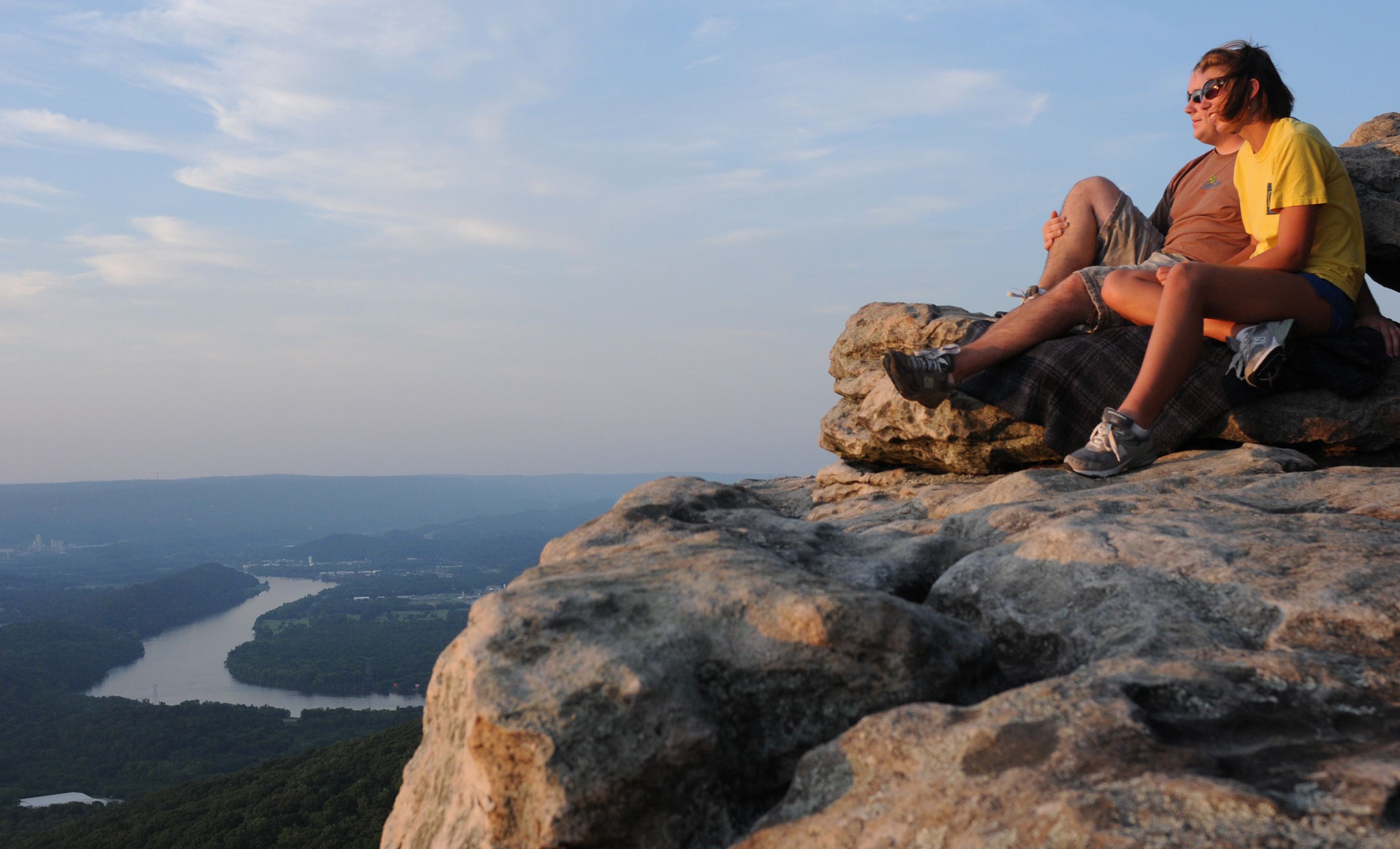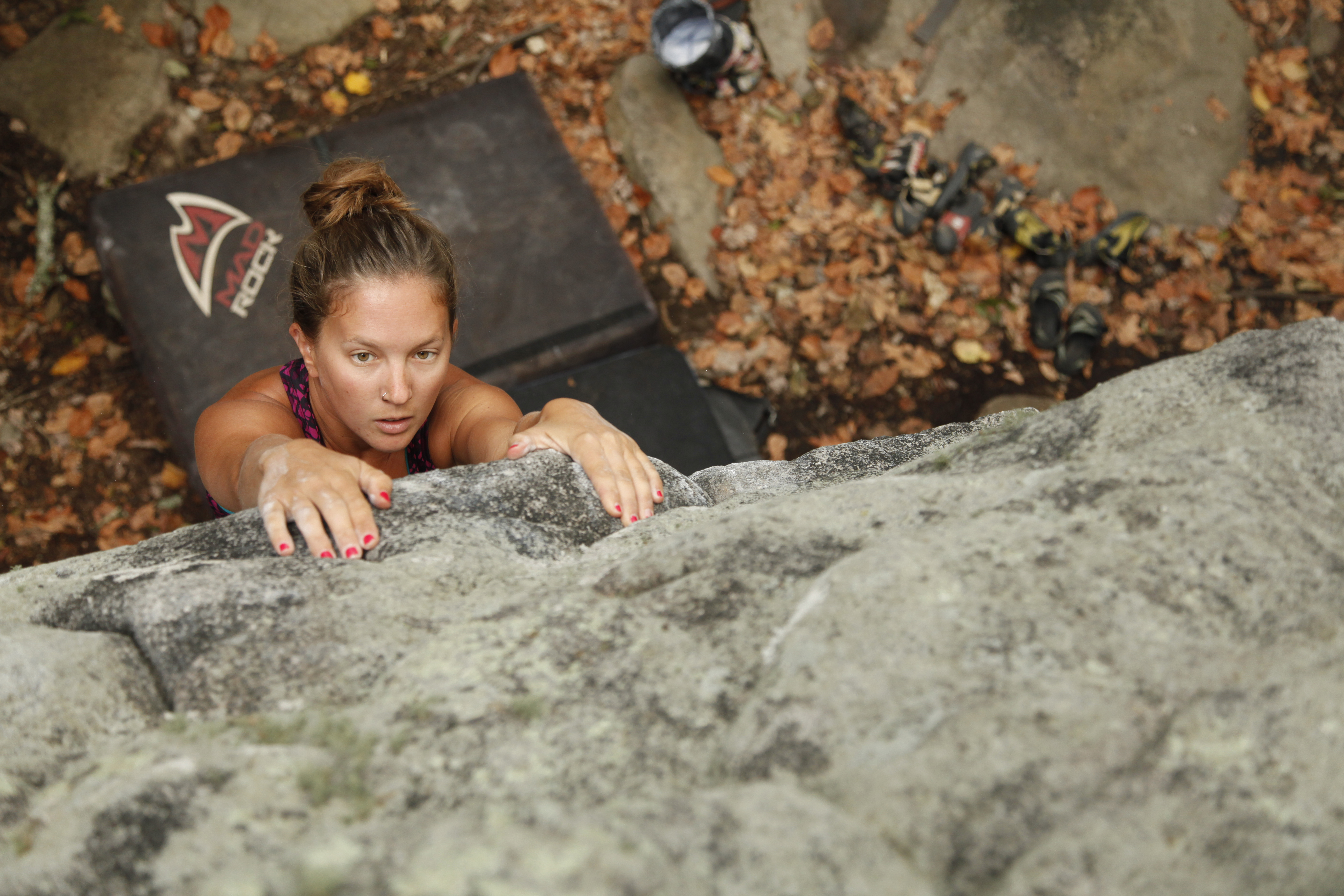Cindy Day wants geotourists in her bakery.
They're typically middle-aged, highly educated people who pull in a salary above $75,000. They're looking for authentic, local experiences when they travel. There are about 55 million of them and many are willing to spend up to 10 percent more for a product from a sustainable company, according to the Travel Industry Association of America.
They're exactly the kind of people Day wants to visit and shop at her Dutch Maid Bakery in Tracy City, Tenn., the oldest bakery in the state. So she drove an hour into Chattanooga on Thursday for the region's first conference on geotourism to find out how.
"I want to be able to attract tourists from the perspective of being authentic," she said.
Day was one of about 100 people who attended the conference Thursday, sponsored by the East Tennessee River Valley Geotourism Council and National Geographic. The daylong event looked at ways business owners can capitalize on travelers who crave a discovery trip, not a vacation.
"There is a huge growth in sustainable tourism and sustainable travel," said Christine Olsenius, executive director at the Southeast Watershed Forum, which organized the event. "They want an authentic experience, and we are well suited to take advantage of that market."
From music tours to hiking to whitewater rafting to rock climbing, geotourism focuses on a site's natural environment and culture. The Ironman competition, which just committed Thursday to a five-year contract with Chattanooga, could fall under that realm, said John Campbell, National Geographic brand director of travel.
"In terms of Ironman getting people here to explore the land and see so much of it between the bike and the swim and the run, I definitely think that has full sustainability efforts behind it," he said. "It's getting all these people here for the Ironman, and then it's getting them to know more about what's happening here outside of it. You want them hiking or canoeing afterwards."
Almost half of all travelers -- 49 percent -- prefer to eat at local restaurants and shop at local businesses while they're traveling, according to the Travel Industry Association of America. And geotourists tend to take between 12 and 16 trips every three years, slightly higher than the 11 trips the average traveler takes.
But in order for Chattanooga to capitalize on the growing wave of geotourists or sustainable tourists, the city will have to band together with the rest of East Tennessee, Campbell said, noting that most current Chattanooga tourists drive in from a two-hour radius.
"A lot of the tourism now is pulling from driveable areas," he said. "But when you pull together as a region, that's when you're going to get the outdoor enthusiast to come down from the Northeast or across from the West, because it just affords more opportunities."
He argues that organizations like Outdoor Chattanooga and Outdoor Knoxville should join forces to market the entire East Tennessee region, rather than just each individual city.
"Like the Catskill Mountains up in New York," he said. "There are lots of different areas of the Catskills, but they've worked really hard to connect it all together."
Contact staff writer Shelly Bradbury at sbradbury@timesfreepress.com or 423-757-6525.


